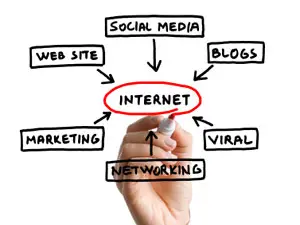
The word marketing is usually associated with profit
generating tactics; however, inbound marketing is focused on organic growth and can and should be used by associations and non-profits.
The goal is to attract people to your cause or organization based on the relevance of the
information you are offering your desired audience, where as outbound marketing
consists of communicating to a mass audience and hoping something sticks.
As the Internet and access points continues to expand, so
too does the average consumer’s aversion to traditional marketing. With
products such as satellite radio and DVR making offline efforts easier to
ignore, consumers no longer have to tolerate "interruption" marketing tactics.
Consumers now rely on the Internet to do their research on products and
services; they actively seek out products and services that they need, rather
than passively interact with products outbound marketing platforms point them
to.
It is imperative to develop an inbound marketing process
that will capitalize on these new trends in consumer behavior. An effective
inbound marketing process will provide you with a cheaper, more efficient, and more
compelling way to grow traffic, generate leads, convert leads and analyze data
in a way that guarantees repeatable, continuous success.
Inbound marketing is made up of many pieces. To truly
succeed online, businesses need to have a comprehensive strategy including all
the pieces such as:
·
Blogging
·
Social media engagement
·
Search engine optimization (SEO)
·
Landing pages
·
Email marketing
·
Video marketing
·
Strategic website design.
an effective marketing website should be generating leads
on a consistent basis, and second,if a site does in fact generate leads, the rate
at which leads are generated should be improving each month. With that said, a good website allows for
almost total trackability, which means most campaigns are instantly measurable.
This allows for easy replication of success and fast learning from mistakes.